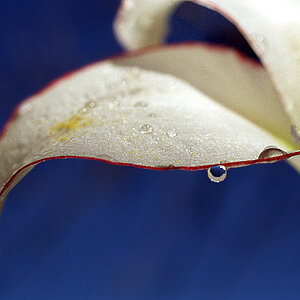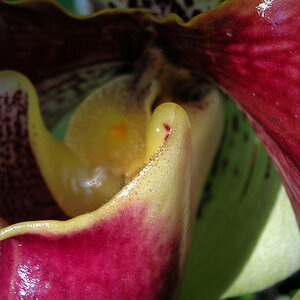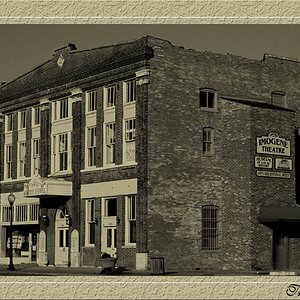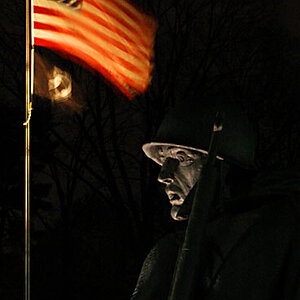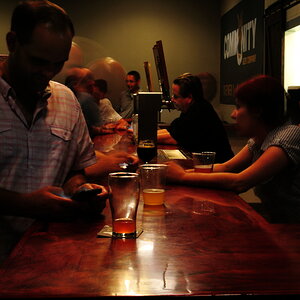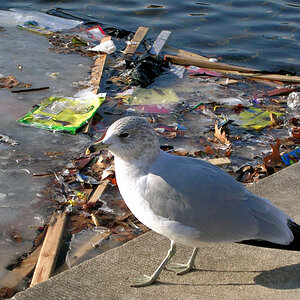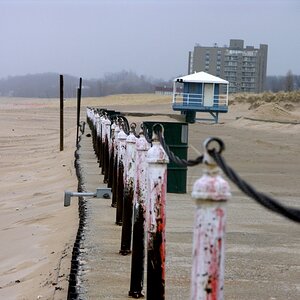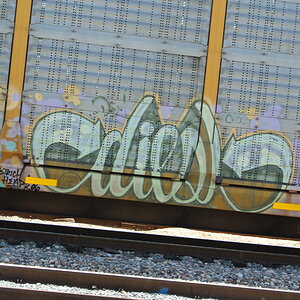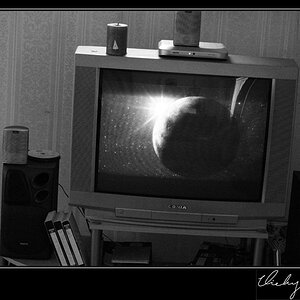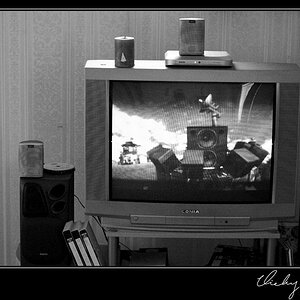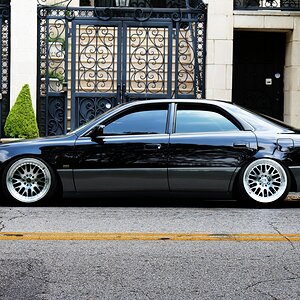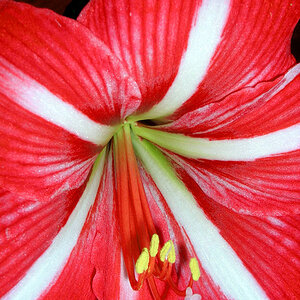- Joined
- May 1, 2008
- Messages
- 25,422
- Reaction score
- 5,003
- Location
- UK - England
- Website
- www.deviantart.com
- Can others edit my Photos
- Photos OK to edit
Maybe I am dumb but if I go up to f/11 the camera focuses just fine.
How are you going up to f11?
Remember the aperture you set in the camera isn't applied until you take the photo, even then the aperture blades open fully between each shot in a burst. So the AF sensors always see the light with the aperture blades fully open. So you can set the aperture to whatever you want for a shot and the only thing that matters is the maximum aperture for the lens.
However, as said, sometimes certain combos or 3rd party options won't report correctly so the camera won't "see" the aperture drop. Of course once you go beyond the cameras limits the AF speed and accuracy drops off very fast and becomes increasingly more prone to hunt in anything but very good strong light.
Note that the liveview mode tends to be better, and indeed even on cameras like the 7D which caps AF at f5.6 the live-view caps at f8 instead.


